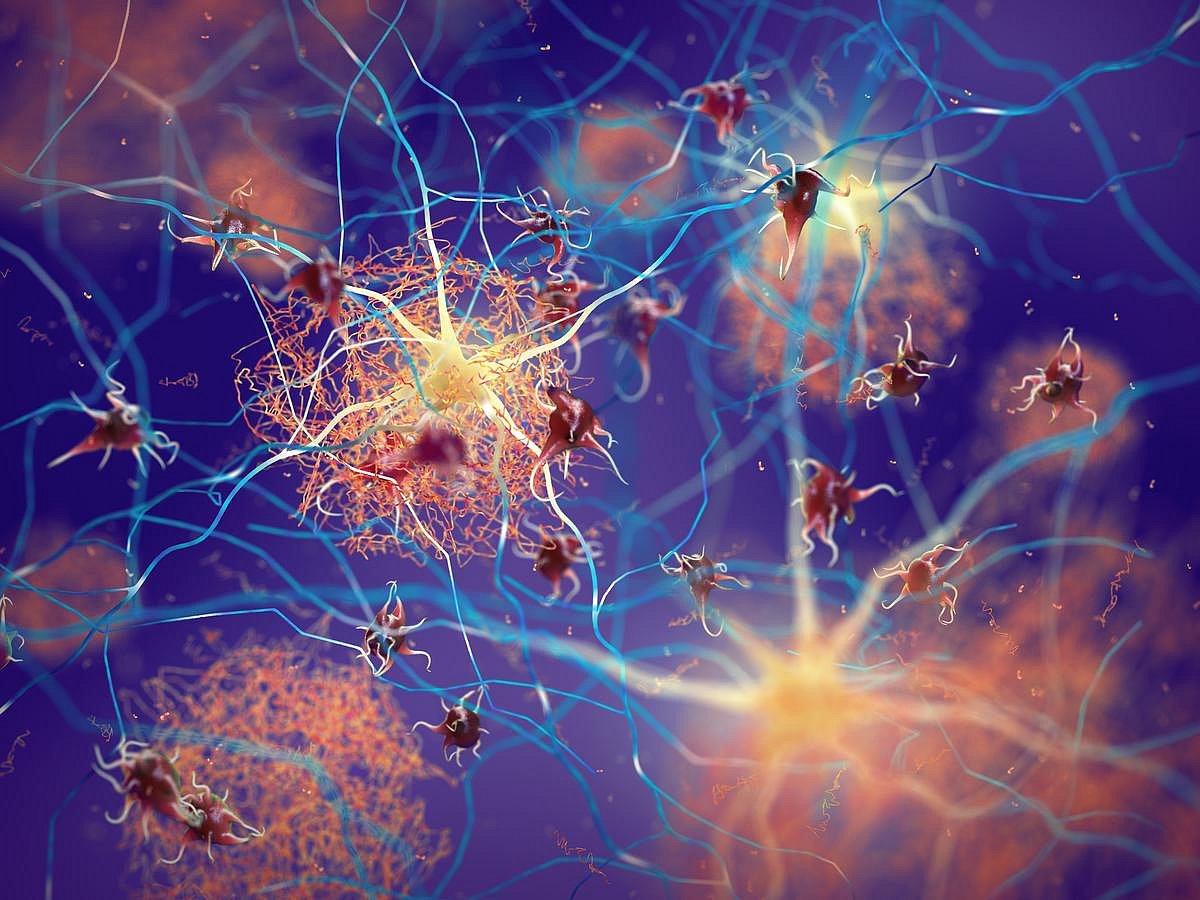(330) 876-1228
8507 Main StreetKinsman, OH 44428
(330) 876-1229

The brain has a waste-disposal system that clears away junk proteins that contribute to the development of dementia and Alzheimer’s disease, a new study finds.
Advanced imaging scans have revealed a network of fluid-filled structures along arteries and veins within the brain, researchers reported Oct. 7 in the Proceedings of the National Academy of Sciences.
These structures allow cerebrospinal fluid to flow through the brain, potentially flushing out waste proteins like amyloid and tau, researchers said.
Those toxic proteins build up in the brains of Alzheimer’s patients, creating plaques and tangles that are hallmarks of the disorder.
Previous research found these sort of fluid channels in the brains of mice, but this is the first time they’ve been confirmed to exist in humans as well, researchers said.
“Nobody has shown it before now,” said senior researcher Dr. Juan Piantino, an associate professor of pediatric neurology in the Oregon Health & Science University (OHSU) School of Medicine.
“This shows that cerebrospinal fluid doesn’t just get into the brain randomly, as if you put a sponge in a bucket of water,” Piantino added in a university news release. “It goes through these channels.”
For the study, researchers injected five patients undergoing brain surgery at OHSU with a tracer that would be carried with cerebrospinal fluid into the brain.
The research team then used MRI scans to track the spread of the tracer throughout the brain.
Images showed that the fluid moved along clearly defined channels in the brain, which researchers called “perivascular spaces.”
“You can actually see dark perivascular spaces in the brain turn bright,” said co-lead researcher Dr. Erin Yamamoto, a resident in neurological surgery in the OHSU School of Medicine.
Researchers believe the pathways help flush out waste that’s been generated by the brain, similar to the way that the lymphatic system flushes waste generated by the immune system throughout the body.
“People thought these perivascular spaces were important, but it had never been proven,” Piantino said. “Now it has.”
Future research can focus on ways to improve this waste-disposal system in the brain, researchers noted.
For example, quality sleep is believed to help the system better flush waste proteins out of the brain, they said.
More information
The Alzheimer’s Association has more on amyloid beta.
SOURCE: Oregon Health & Science University, news release, Oct. 7, 2024
